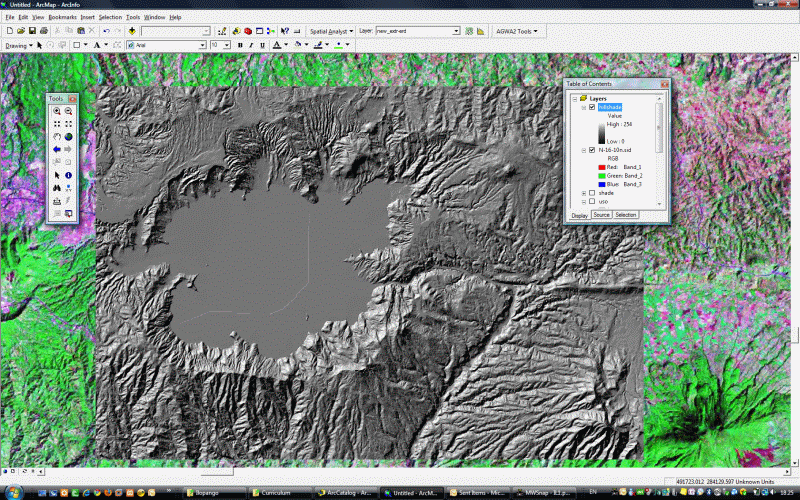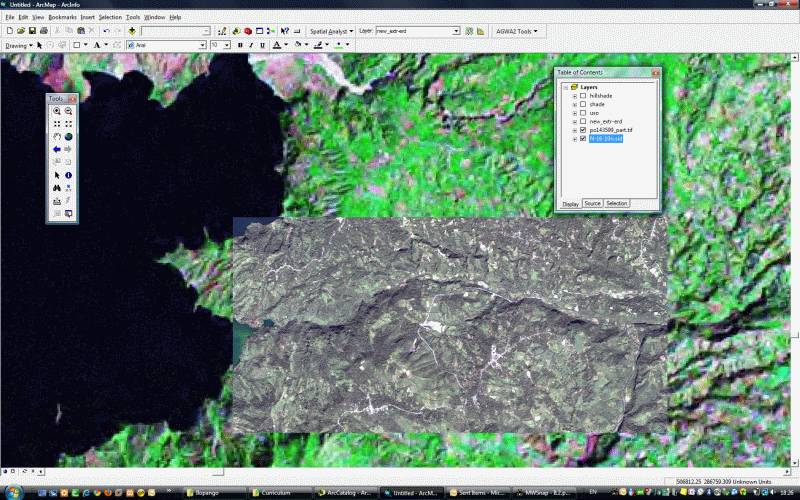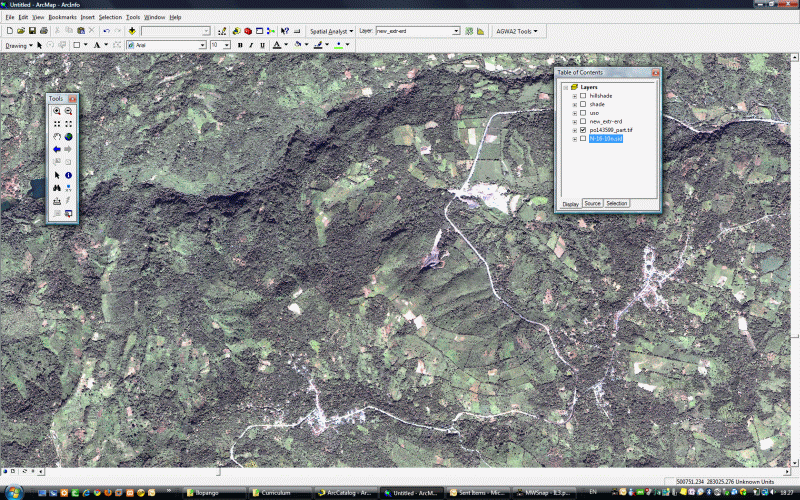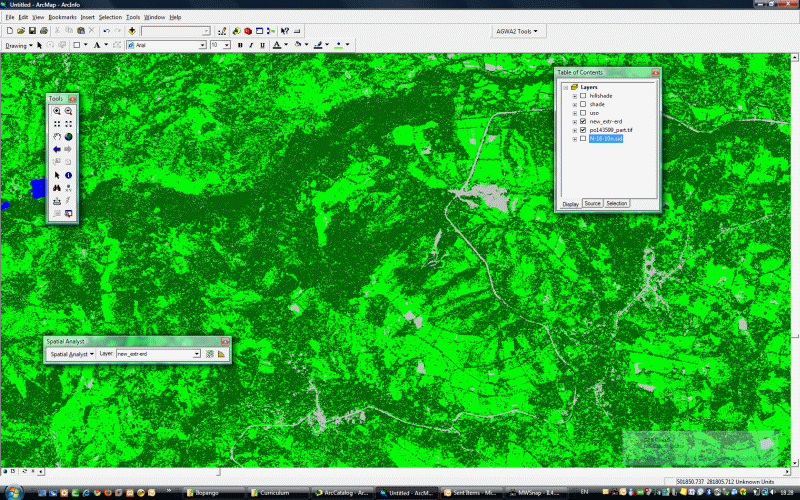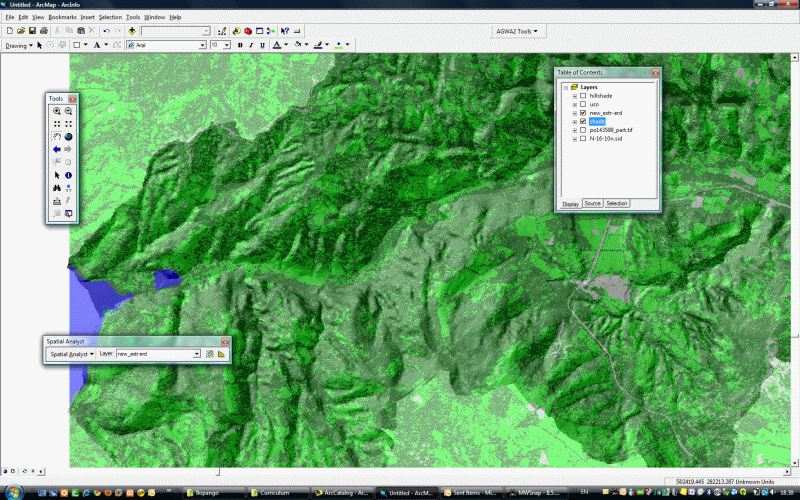Banco Interamericano de Desarollo
The Ilopango Lake caldera is one of the most popular and most visited in the country. It is an excellent location for diving, sailing, fishing, and other water activities.
The Lake area is fantastic for spending the day exploring and relaxing with family or friends. The volcanic caldera area has plenty of activities that can be done in a single day.
Before the Lake of Ilopango was formed, there was a volcano called XILOTEPEC. According to historical data, when it erupted, it submerged and gave origin to the now-famous Lake Ilopango.
During a one-month period in early 2001, El Salvador experienced two devastating earthquakes.
On 13 January, a M-7.7 earthquake centered ∼40 km off the southern coast in the Pacific Ocean caused widespread damage and fatalities throughout much of the country.
The earthquake triggered thousands of landslides that were broadly scattered across the southern half of the country. The most damaging landslide, a rapidly moving
mass of ∼130, 000 m 3, occurred in the Las Colinas neighborhood of Santa Tecla, where ∼585 people were killed.
Another large landslide (∼750, 000 m 3) near the city of San Vicente blocked the Pan-American Highway for several weeks. One month later, on 13 February, a M-6.6 earthquake occurred ∼40 km east-southeast of San Salvador and triggered additional thousands of landslides in the area east of Lake Ilopango.
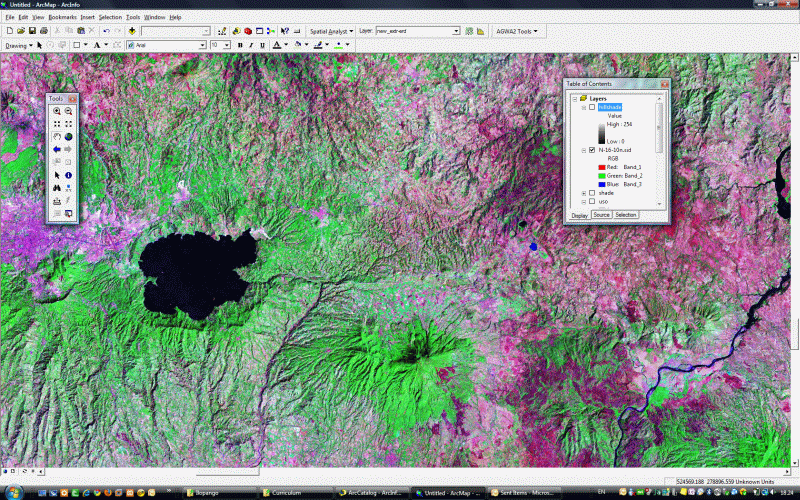
The landslides were concentrated in a 2500 km2 area and were particularly abundant in areas underlain by thick deposits of poorly consolidated, late Pleistocene and Holocene Tierra Blanca rhyolitic tephras erupted from Ilopango caldera. Most of the triggered landslides were relatively small, shallow failures, but two large landslides occurred that blocked the El Desagüe River and the Jiboa River. The two earthquakes triggered similar types of landslides, but the distribution of triggered landslides differed because of different earthquake source parameters. The largemagnitude, deep, offshore earthquake triggered broadly scattered landslides over a large region, whereas the shallow, moderate-magnitude earthquake centered within the country triggered a much smaller, denser concentration of landslides. These results are significant in the context of seismic-hazard mitigation for various earthquake scenarios.
